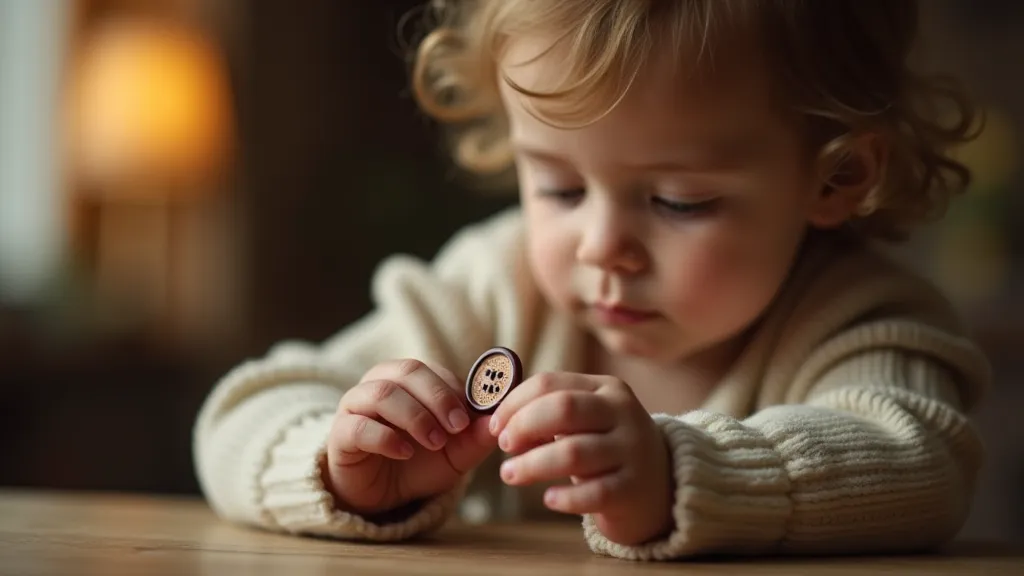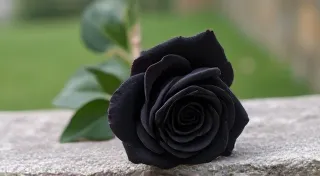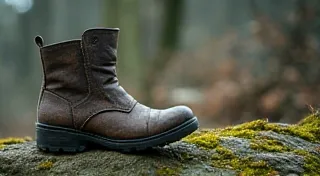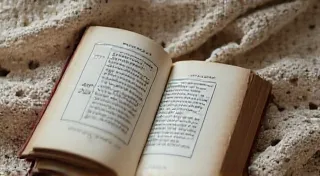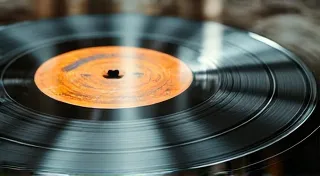The Button's Legacy: Tracing the Threads of Family History Through Buttons
There’s a quiet magic in holding a vintage button. It's more than just a fastener; it's a tiny, often overlooked, fragment of a past life. For the serious collector of vintage buttons, these small treasures offer a surprisingly intimate connection to history, a tangible link to generations gone by. They’re like miniature time capsules, whispering stories of dressmakers, soldiers, travelers, and ordinary people who lived lives we can only imagine. It's fascinating how something so seemingly insignificant can unlock so much.
My own journey into the world of collecting began unexpectedly. Cleaning out my grandmother’s attic, I unearthed a small, wooden box filled with buttons. They weren’t neatly organized; they were a jumble of shapes, sizes, and materials—jet black glass, shimmering mother-of-pearl, sturdy horn, delicate celluloid. Each one felt cool and smooth against my fingertips, radiating a faint, musty scent of time. There was an immediate emotional pull—a feeling of holding something precious, something that belonged to someone I loved and missed dearly.
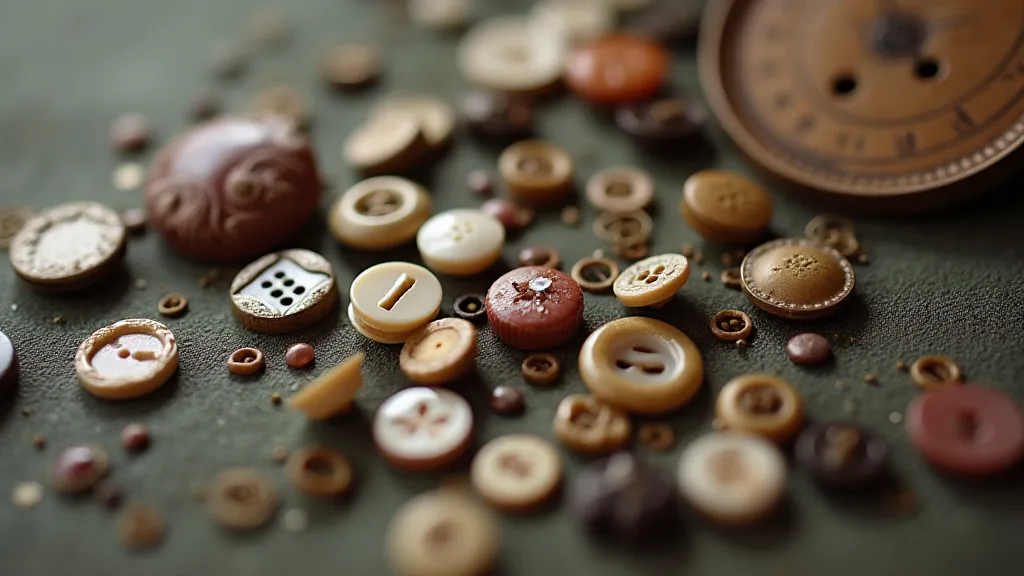
More Than Just Fasteners: The History of Buttons
The history of buttons themselves is surprisingly long and complex. While simple fasteners like pins and ties have existed for millennia, the button as we know it—a raised disc attached with holes—began to gain prominence in the 13th century. Initially, they were symbols of status and wealth, often made of precious metals or adorned with jewels. Common folk wore buttons made of wood, bone, or leather, a stark contrast to the elaborate displays of the elite. Over time, as manufacturing techniques improved, buttons became more accessible and an essential component of clothing for all classes.
The Industrial Revolution dramatically changed button production. The rise of machine-made buttons, particularly in the 19th and early 10th centuries, led to an explosion of styles and materials. Celluloid, a revolutionary early plastic, allowed for the creation of brightly colored and intricately designed buttons, mimicking natural materials like pearl and ivory without the expense. The late 1800s and early 1900s represented a golden age for button design, with manufacturers competing to create the most beautiful and innovative fasteners.
Unlocking Family Stories Through Small Details
Now, let’s return to that box of buttons in my grandmother’s attic. As I examined them more closely, I began to notice patterns. There were several military buttons, clearly indicating a family member served—likely my great-grandfather—during World War I. The insignia was faded but still recognizable. Then, I found a collection of finely crafted jet glass buttons, the kind often used on mourning dresses. These provided a clue about a possible loss in the family, a somber reminder of a time of grief and sorrow.
The materials themselves tell stories too. The prevalence of horn buttons suggests practicality and affordability—likely worn by working-class relatives. The presence of intricate metal filigree buttons hints at more formal attire, perhaps worn by a family member involved in social circles or local events. Mother-of-pearl buttons, often found on elegant evening gowns, suggested a connection to a more refined lifestyle. Each button offered a glimpse into a past I’d only known through faded photographs and fragmented memories.
The discovery of one particular button—a simple, brass button with a tiny anchor embossed on its surface—was truly remarkable. My grandfather had always spoken fondly of a distant cousin who was a merchant seaman. This small, unassuming button felt like definitive proof of his life at sea, a tangible link to a relative I had never met. It was a profound moment, realizing that this tiny piece of metal held a connection to a life lived far from home, navigating the vastness of the ocean. These seemingly minor items are a part of a larger narrative, fragments that, when combined, reconstruct a rich and textured family history.
Craftsmanship and Restoration – Caring for the Past
Beyond the historical significance, vintage buttons are also remarkable feats of craftsmanship. The detail etched into even the simplest button is often impressive, showcasing the skill and artistry of the button makers. Many were hand-painted or embossed, requiring a delicate touch and a keen eye for detail. Knowing how to care for these treasures is paramount to their preservation.
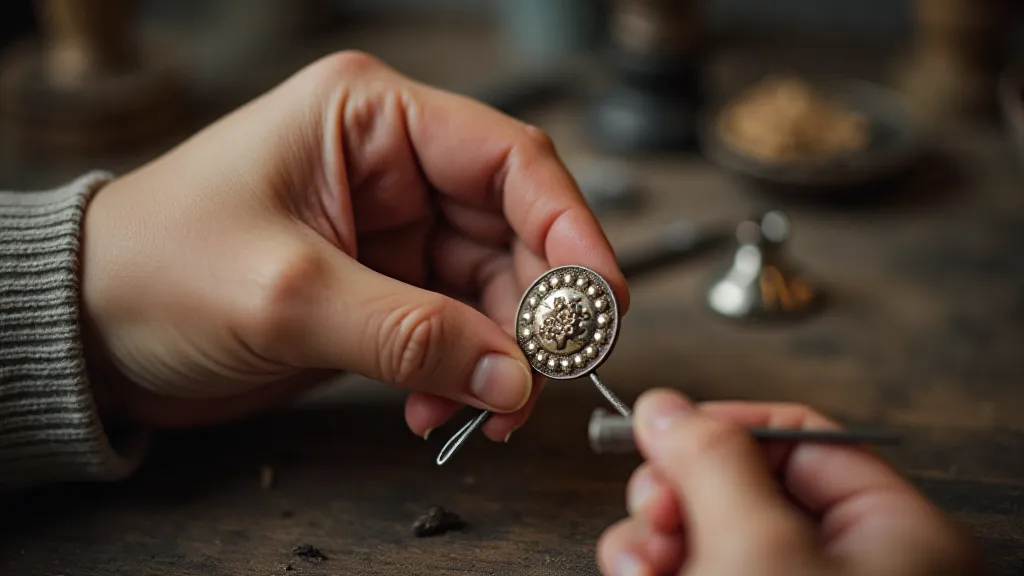
Restoration isn't about making a button look brand new; it's about stabilizing its condition and preserving its original character. Gentle cleaning with mild soap and water can remove surface dirt. Broken buttons can sometimes be carefully repaired with archival-quality adhesive. However, it's crucial to avoid harsh chemicals or abrasive cleaning methods that can damage the button’s surface. The goal is to celebrate the button’s age and history, not erase it.
More Than Memorabilia: A Legacy of Connection
Collecting buttons offers something unique—a pathway to connect with the past in a deeply personal way. They’re more than just memorabilia; they're tangible echoes of lives lived, stories waiting to be discovered. They're a testament to the ingenuity of button makers and the enduring power of small details to illuminate a family’s history. The simple act of holding a vintage button can transport you back in time, forging a connection to generations past and enriching your understanding of who you are and where you come from. It is through these small, often overlooked objects that the threads of family history are revealed, weaving a tapestry of memories and stories that will endure for generations to come.
